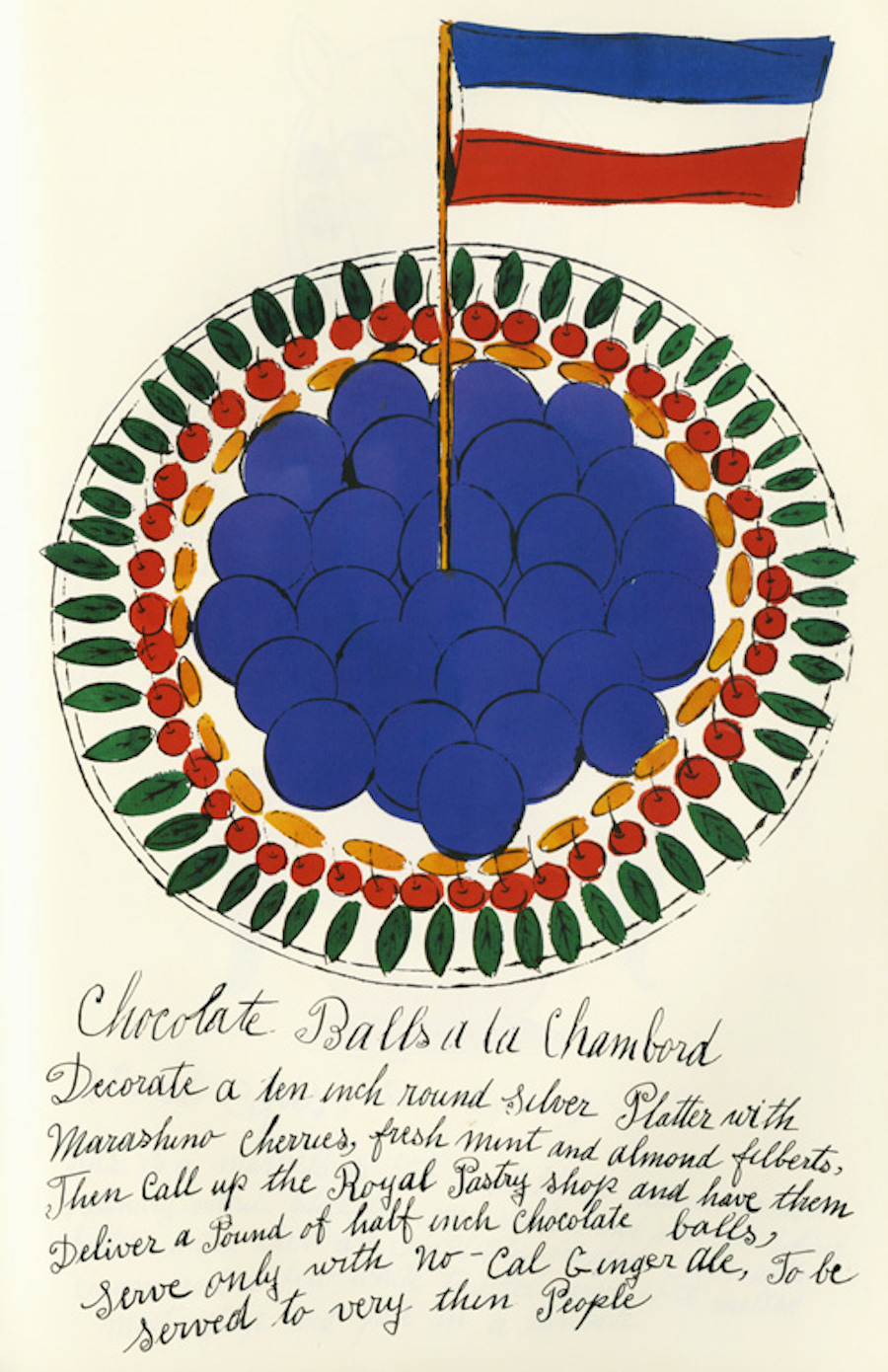Some of the most influential directors of the French New Wave, like Jean-Luc Godard, François Truffaut, and Éric Rohmer, first stepped into the world of film as critics. They found their voices by publishing in the Paris cinephile institution of Cahiers du cinéma; a few decades later, Quentin Tarantino found his own by working at the Manhattan Beach cinephile institution of Video Archives. Stories of all the myriad ways in which he would express his enthusiasm for and expertise on cinema there have passed into legend. But just like the critics Godard, Truffaut, and Rohmer, the video-store clerk Tarantino ultimately seems to have signed on to the old proposition that the best response to a work of art is another work of art.
Tarantino’s endorsements of and introductions to the work of other directors (for example, the one he recorded for Wong Kar-wai’s Chungking Express) have given us a sense of his cinematic taste. So, in an even more telling manner, do the elements he steals — by his own admission — from other movies.
A look at the dance scene in Pulp Fiction, for example, reveals a filmmaker well acquainted with the French New Wave, and even more so with the work of Italia master Federico Fellini that came out in the same era. And even if you think you could go head-to-head with Tarantino on midcentury European auteurs, could you match his understanding of A Man Called Tiger, Fatal Needles vs. Fatal Fists, or Soul Brothers of Kung Fu?
Those are just three of the films Tarantino has reviewed at the web site of the New Beverly Cinema, the theater he owns in Los Angeles. Published in a low-profile manner, these short essays on the kind of 1970s Hong Kong martial-arts pictures that rightfully belong on downtown triple-bills (and that Tarantino surely first saw on downtown triple-bills) exude the kind of fan-critic energy that brings to mind bygone days of the internet.
Not that Tarantino eschews more recent movies and movie media. In late 2019 and early 2010, he appeared three times on The Ringer’s The Rewatchables podcast to share his thoughts on three pictures worth seeing again: Christopher Nolan’s Dunkirk from 2017, Tony Scott’s Unstoppable from 2010, and Abel Ferrara’s King of New York from 1990. Listen and you may just feel like a Video Archive customer in the 1980s, getting recommendations from an oddly persuasive clerk.
Related Content:
Quentin Tarantino Picks the 12 Best Films of All Time; Watch Two of His Favorites Free Online
Quentin Tarantino’s Handwritten List of the 11 “Greatest Movies”
An Analysis of Quentin Tarantino’s Films Narrated (Mostly) by Quentin Tarantino
Based in Seoul, Colin Marshall writes and broadcasts on cities, language, and culture. His projects include the Substack newsletter Books on Cities, the book The Stateless City: a Walk through 21st-Century Los Angeles and the video series The City in Cinema. Follow him on Twitter at @colinmarshall or on Facebook.














